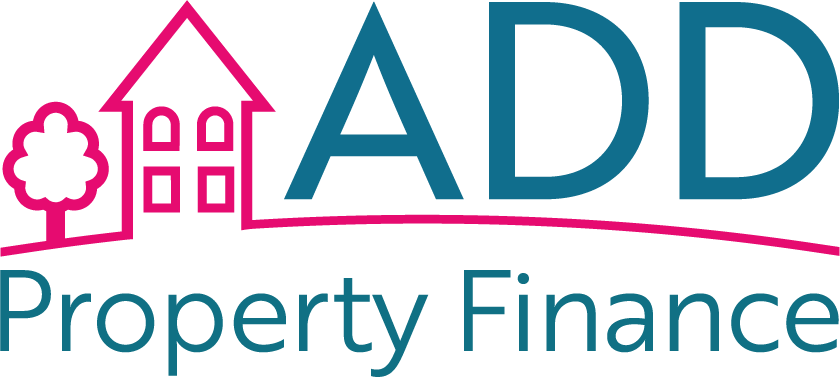Embarking on a new property venture often requires seamless financial transitions, and this is where bridging loans step in as a valuable tool. In this guide, we’ll unravel the concept of bridging loans, exploring their applications and providing essential guidance on when and how to use them for a smooth and successful property transition.
1. Understanding Bridging Loans:
- What Are Bridging Loans? Bridging loans are short-term financial instruments designed to “bridge the gap” between the purchase of a new property and the sale of an existing one. They provide interim financing, typically for a period of a few months to a year, allowing homebuyers to secure funds quickly.
- Secured Financing: Bridging loans are secured against the property being purchased, often with the inclusion of the property being sold as additional security. This security mitigates the risk for lenders, making bridging loans an efficient option for those in need of swift financial solutions.
2. Applications of Bridging Loans:
- Property Chain Breaks: Bridging loans are ideal for situations where a property chain break threatens to derail the purchase of a new home. This allows buyers to secure their new property while waiting for the sale of their current one.
- Auction Purchases: Buyers looking to secure properties at auctions, where speed is crucial, can benefit from bridging loans to meet the immediate financial demands of the purchase.
- Renovations and Conversions: Bridging loans are commonly used to fund property renovations or conversions, allowing buyers to enhance the value of their investment before securing a long-term mortgage.
- Downsizing or Upsizing: Homebuyers looking to downsize or upsize quickly can use bridging loans to secure their new property before selling the existing one.
3. Guidance on Using Bridging Loans for a Smooth Property Transition:
- Timing Is Key: Careful timing is crucial when using bridging loans. Ensure there is a clear plan for repaying the loan, such as through the sale of the existing property or securing a long-term mortgage.
- Understand the Costs: Bridging loans often come with higher interest rates and additional fees. It’s essential to fully understand these costs and factor them into your overall budget.
- Work with Professionals: Engage with experienced mortgage advisers and legal professionals who specialise in bridging loans. Their expertise will guide you through the process, ensuring a smooth and efficient transaction.
- Plan Your Exit Strategy: Have a well-thought-out exit strategy for repaying the bridging loan. This could involve selling the existing property, securing a traditional mortgage, or any other predetermined method.
4. Professional Guidance for Optimal Results:
While bridging loans offer a quick and effective solution for property transitions, seeking professional advice is paramount. ADD Property Finance can assess your specific circumstances, recommend suitable lenders, and guide you through the application process, ensuring a successful and stress-free experience.
In conclusion, bridging loans serve as a valuable resource for homebuyers navigating the complexities of property transactions. By understanding their applications, following guidance for a smooth transition, and enlisting professional support, you can bridge the financial gap and achieve your property aspirations with confidence. Ready to make your move? Let’s bridge that gap together! Get in touch.







